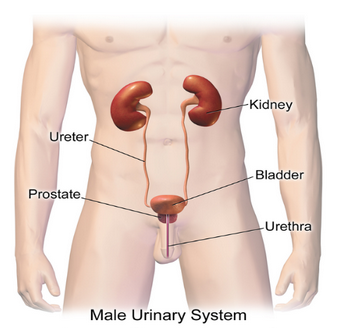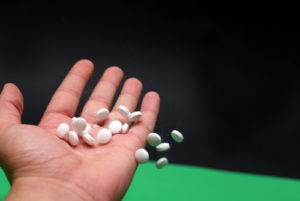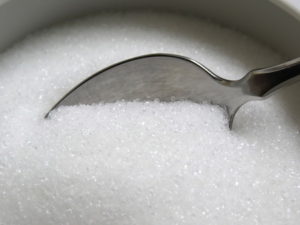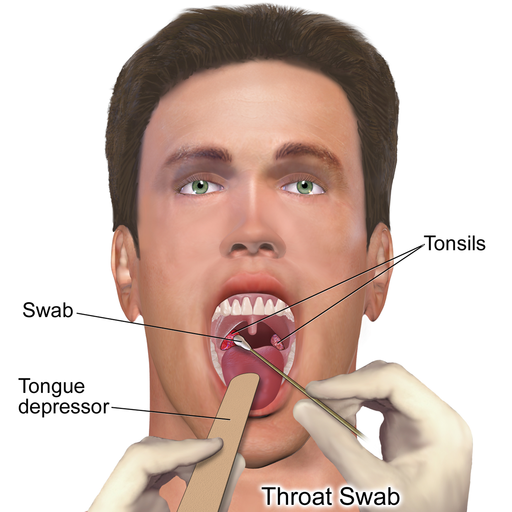 We’ve all been told by our doctor to say ‘Ah’ one time or another so that he/she can determine if there are any abnormalities in your mouth or throat. Looking at your tonsils (if you still have them) is one of the factors that they will look at.
We’ve all been told by our doctor to say ‘Ah’ one time or another so that he/she can determine if there are any abnormalities in your mouth or throat. Looking at your tonsils (if you still have them) is one of the factors that they will look at.
Tonsils (palatine tonsils) are a couple of soft tissues that are found at the rear of the throat, which is also called the pharynx. These lymph nodes are located on each side of the pharynx and are part of the lymphatic system, which serves the purpose of tackling infections that a person might contract.
Tonsils work as a defense mechanism. Although they fight infections, they are prone to infection as well. A condition where the tonsils are affected is called tonsillitis. It affects children in their infancy all the way through their late teens.
What Causes Tonsillitis
 These glandular structures are a shield against microbes. They filter these germs and also produce immune cells to combat these pathogens. However, there are agents they are unable to stifle as well. An instance where the tonsils are affected by an infection is known as tonsillitis. The advent of tonsillitis is inaugurated by bacteria and viruses that enter the body through the mouth and nose.
These glandular structures are a shield against microbes. They filter these germs and also produce immune cells to combat these pathogens. However, there are agents they are unable to stifle as well. An instance where the tonsils are affected by an infection is known as tonsillitis. The advent of tonsillitis is inaugurated by bacteria and viruses that enter the body through the mouth and nose.
In terms of the actual process, the protective blood cells, which are called macrophages, envelop the infected organisms and discharge enzymes which decimate these microbes. If the severity is greater, it can induce pain and exhibit swelling which includes fever and redness. The immune function of the tonsils subsides post-puberty, which explains why tonsillitis is a rare occurrence in adults.
Furthermore, since children are more active outdoors and can be reckless, they are frequently subjected to bacteria, (as any mother or school teacher will tell you) and this subsequently increases their chances of contracting diseases such as tonsillitis.
The primary reason for tonsillitis is a viral infection. The tonsils themselves or adjoining areas may be affected. Bacteria which causes the disease include Group A streptococcal bacteria, which is tantamount to a strep throat, and Haemophilus influenza and Neisseria.
Moreover, the viruses which incite tonsillitis are adenovirus and influenza. Causative ailments include rhinovirus i.e. common cold, parainfluenza virus, enteroviruses which bring about cause hands, foot and mouth disease, measles and Epstein-Barr virus, which induces glandular fever.
Additionally, tonsillitis can also be precipitated by an aberrant reaction of the immune system to routine bacteria that invades through the mouth and nose and into the throat. An individual who develops a fever, which may be accompanied by relentless pain in the throat, may have bacterial tonsillitis, which is also known as strep throat. Streptococcus pyogenes is an innocuous bacteria which exists in 15% of humans although they exhibit no symptoms of an illness whatsoever.
There are triggers however that can initiate symptoms in a person. The immune system may be exposed due to increased stress or exhaustion, which would allow toxins originating from the strep organisms to cause symptoms such as a sore throat and difficulty swallowing, which is a common ailment associated with tonsillitis.
Symptoms of Tonsillitis
There are several symptoms that can be attributed to this disease. Unfortunately, many of them fall under the garden variety of signs that manifest themselves in the lead up to a number of infections and ailments. For instance, feeling pain in the throat is a common precursor to several diseases.
Furthermore, the discomfort felt in the throat can be severe in nature. It can last for a few days and patients also experience difficulty in swallowing any solid or liquid. In rare cases, the ache may extend to the ears as well.
Another certain symptom of tonsillitis is that the throat appears more red than usual. An individual may not be able to tell the difference and this signal can only be deduced by a doctor upon consultation. This will also mean that the tonsils are inflamed, which is a dead giveaway for tonsillitis. Lastly, there may be white spots on the pair of tonsils.
Yet another symptom is that the patient will have a high temperature, which is tantamount to a debilitating fever. High temperature can mean anything essentially. Only a specialist will be able to tell if combined with other factors, whether the patient has tonsillitis or not. Headaches are a common gripe in tonsillitis patients and so is the loss of voice or discernible changes in their voice.
Additionally, individuals can have a sore throat due to any number of reasons. If it is through a viral infection that there will only be mild indicators which are linked to a common cold. If Coxsackie virus is the reason, then blisters may be found on the tonsils. This can be particularly difficult for the patient since these blisters are due to erupt at one point or another. The tonsils exhibit varying traits when the person is suffering from a streptococcal infection. They swell as the patient’s body temperature rises and they feel sick as a consequence.
Tonsillitis Treatments
A physical examination is required first and foremost. An instrument with lighting capability will be used to study the person’s throat and ears, which is how tonsillitis can be caught.
The doctors will also gently feel the neck for inflammation of the glandular muscles i.e. lymph nodes. Breathing patterns will also be assessed and if the spleen is larger than usual, then that will be analyzed as well.
This is generally followed by a throat swab. The doctor rubs a sterile swab on the rear of the throat to obtain a sample of the fluids that are secreted. This sample is then sent to the laboratory for tests. The results are effectively delivered in a few days time.
A complete blood cell count (CBC) may be required, depending on the case at hand. A meager sample of the patient’s blood is taken through an injection and the necessary trial is conducted in a lab or clinic as per protocol. The results give crystal clear indications of whether tonsillitis is apparent or not. A CBC is particularly useful when it comes to strep throat.
Finally, there are home remedies also which can be undertaken to alleviate tonsillitis. Patients are naturally encouraged to rest, which facilitates their rehabilitation. Excess intake of fluids, primarily water is mandatory as well. Food and beverages which do not aggravate the condition are also preferred.
Many adults have had their tonsils removed at an early age. If you are an adult and have not had your tonsils removed, why not speak to your doctor for advice? As far as children are concerned, it is best for the parents to consult with the child’s pediatrician on a regular basis about this procedure.



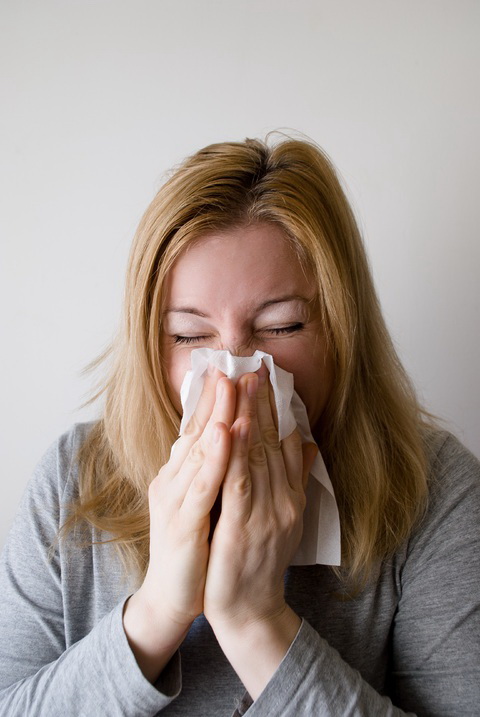 Signs of how bird flu manifests itself vary from one individual to another. Typical indicators include conventional symptoms such as high fever, coughing, sore throat, running nose, and exhaustion respectively.
Signs of how bird flu manifests itself vary from one individual to another. Typical indicators include conventional symptoms such as high fever, coughing, sore throat, running nose, and exhaustion respectively. 
